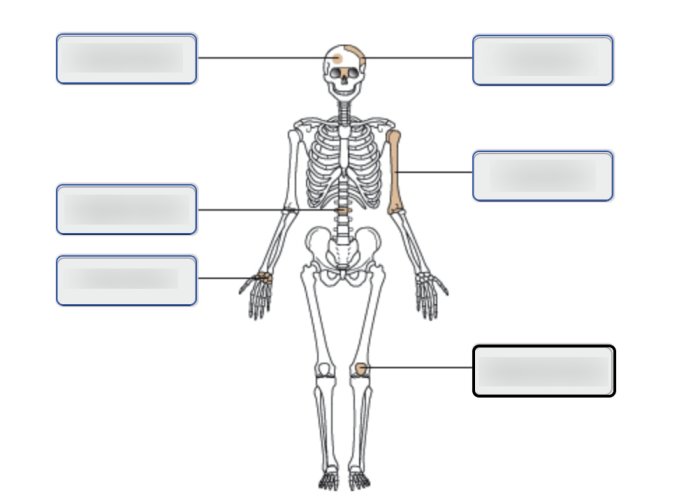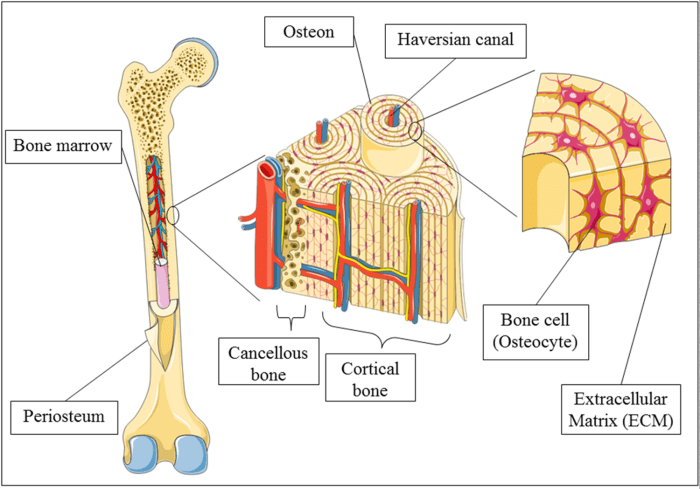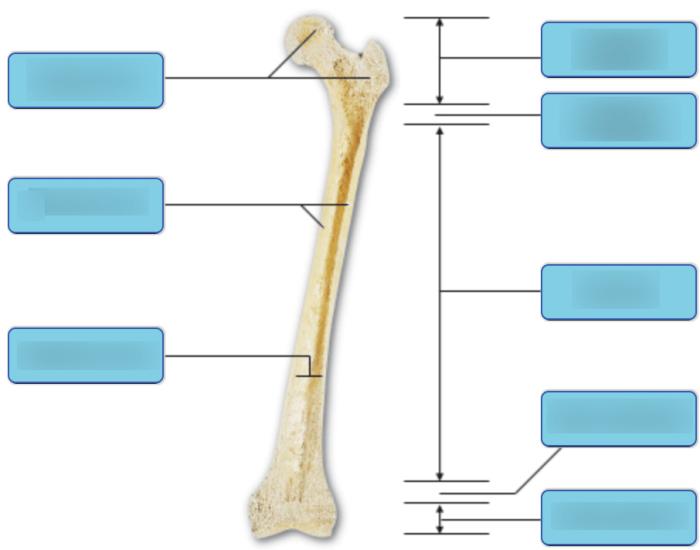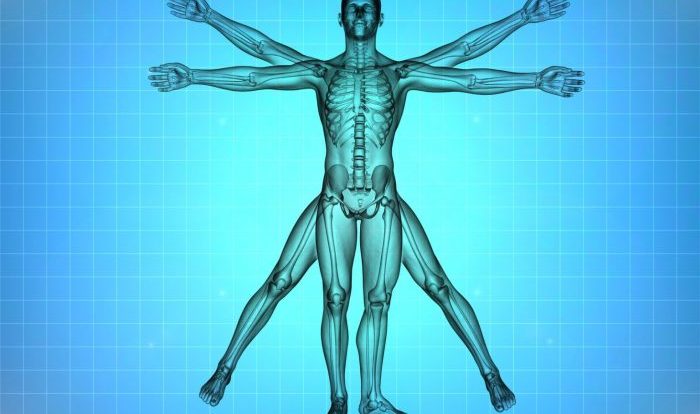Embark on an educational adventure with the art-labeling activity structure of long bones, a captivating approach to unraveling the intricate anatomy of these skeletal components. This engaging activity seamlessly blends art and science, empowering students to visualize and comprehend the structure of long bones, laying the foundation for a deeper understanding of human anatomy.
Through this activity, students embark on a journey of discovery, exploring the distinct parts of long bones, including the diaphysis, epiphysis, and metaphysis. Guided by a comprehensive table and illustrative images, they label these structures with precision, reinforcing their knowledge and creating a lasting impression of bone anatomy.
Long Bone Structure: Art-labeling Activity Structure Of Long Bones

Long bones are the most common type of bone in the human body. They are characterized by their long, cylindrical shape and their role in supporting the body and providing leverage for movement.The general structure of a long bone consists of three main parts:
- Diaphysis:The shaft of the bone, which is the main, cylindrical portion.
- Epiphysis:The ends of the bone, which are responsible for forming joints with other bones.
- Metaphysis:The region between the diaphysis and epiphysis, which is where bone growth occurs.

Art-Labeling Activity
An art-labeling activity can be used to teach students about the structure of long bones. This activity involves providing students with an image of a long bone and asking them to label the different parts of the bone.To create an art-labeling activity, you will need to:
- Find an image of a long bone that is clear and easy to label.
- Create a table with columns for the bone name, its location in the body, and its function.
- Print out the image of the long bone and the table.
- Provide students with the image and the table and ask them to label the different parts of the bone.
Educational Benefits
Using art-labeling activities to teach about long bone structure has several educational benefits. These benefits include:
- Visualization:The activity helps students visualize the different parts of a long bone and their relationship to each other.
- Understanding:The activity helps students understand the function of each part of the long bone.
- Recall:The activity helps students recall the information they have learned about long bone structure.
This activity can be used in a variety of educational settings, including:
- Science classrooms:The activity can be used to teach students about the structure of long bones as part of a unit on the skeletal system.
- Art classrooms:The activity can be used to teach students about the anatomy of long bones as part of a unit on human form.
- Physical education classrooms:The activity can be used to teach students about the role of long bones in movement as part of a unit on biomechanics.
Assessment and Evaluation, Art-labeling activity structure of long bones
To assess student learning from the art-labeling activity, you can use a variety of methods, such as:
- Grading rubric:You can create a grading rubric that lists the different parts of the bone that students are expected to label and the points that they will earn for each correct label.
- Peer assessment:You can have students peer assess each other’s work using the grading rubric.
- Self-assessment:You can have students self-assess their work using the grading rubric.
The activity can be modified to meet the needs of diverse learners by:
- Providing students with different levels of support:For example, you could provide students with a word bank of the different parts of the bone or you could allow them to use their textbooks or notes.
- Modifying the task:For example, you could ask students to label only the major parts of the bone or you could ask them to write a short paragraph describing the function of each part of the bone.
- Providing students with different options for completing the task:For example, you could allow students to complete the activity individually, in pairs, or in small groups.
FAQ Overview
How does the art-labeling activity benefit students?
This activity promotes visual learning, enhancing students’ ability to visualize and comprehend the complex structure of long bones.
Can this activity be used in different educational settings?
Yes, the activity is adaptable to various educational settings, including classrooms, homeschooling environments, and online learning platforms.
How can I assess student learning from this activity?
Grading rubrics and other evaluation methods can be employed to assess students’ understanding of bone anatomy and their ability to accurately label the structures.



